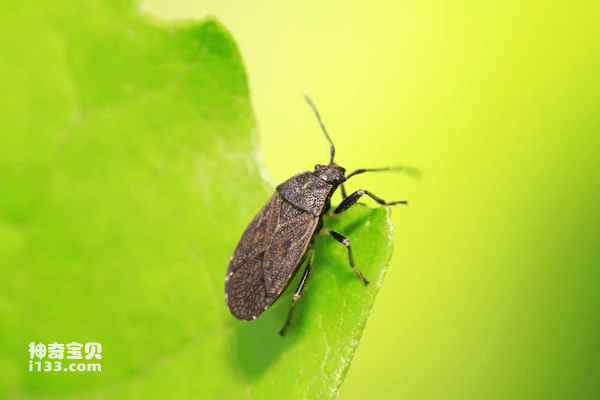Aspongopus chinensis Dallas (scientific name: Aspongopus chinensis Dallas) is a stink bug, also known as the "fart bug", so named because it may produce a special smell or gas when disturbed. The following is a detailed introduction to the nine-scented insect:
Characteristics of Nine-Fragrance Insect:
Scientific name: The scientific name of Chinavia hilaris is the genus Chinavia hilaris in the family Pentatomidae.
Appearance: The body of the nine-scented worm is generally oval or shield-shaped, usually green or brown in color, sometimes with markings or patterns. They often have distinct horizontal stripes and patches of color on their backs.
Ecological habits: The nine-scented insect is a plant-eating insect that mainly feeds on plant juices and seeds. They are commonly found in grasslands, fields and bushes.
Fart Phenomenon: The fart is named for the persistent and unpleasant odor it produces. This scent is usually released when disturbed or threatened as a defense mechanism. The smell is sometimes described figuratively as "fart" or sulfur-like.
Reproduction and life cycle: The worm goes through four stages: egg, nymph, larvae and adult. The female worm lays eggs and cares for the larvae, protecting them from development and maturity in an appropriate environment.
Nine-scented insects are produced in Guizhou, Sichuan, Chongqing, Yunnan and other provinces of China. The adults have wings and can fly, and their host plants are mainly Cucurbitaceae plants, such as various melons; the newly hatched nymphs (larvae) are mostly found in the vine cracks, leaf buds and petioles of the host plant, inhabiting the wrinkled yellow dead leaves. Inside. It takes the sap of the host plant
As a common herbivorous insect, it plays an important role in nature and agricultural ecosystems. Although they may have some impact on crops, worms are also part of the ecosystem and together with other organisms constitute the ecological balance. At the same time, their special defense mechanisms also allow them to protect themselves from predators when threatened.

animal tags: insect
We created this article in conjunction with AI technology, then made sure it was fact-checked and edited by a Animals Top editor.